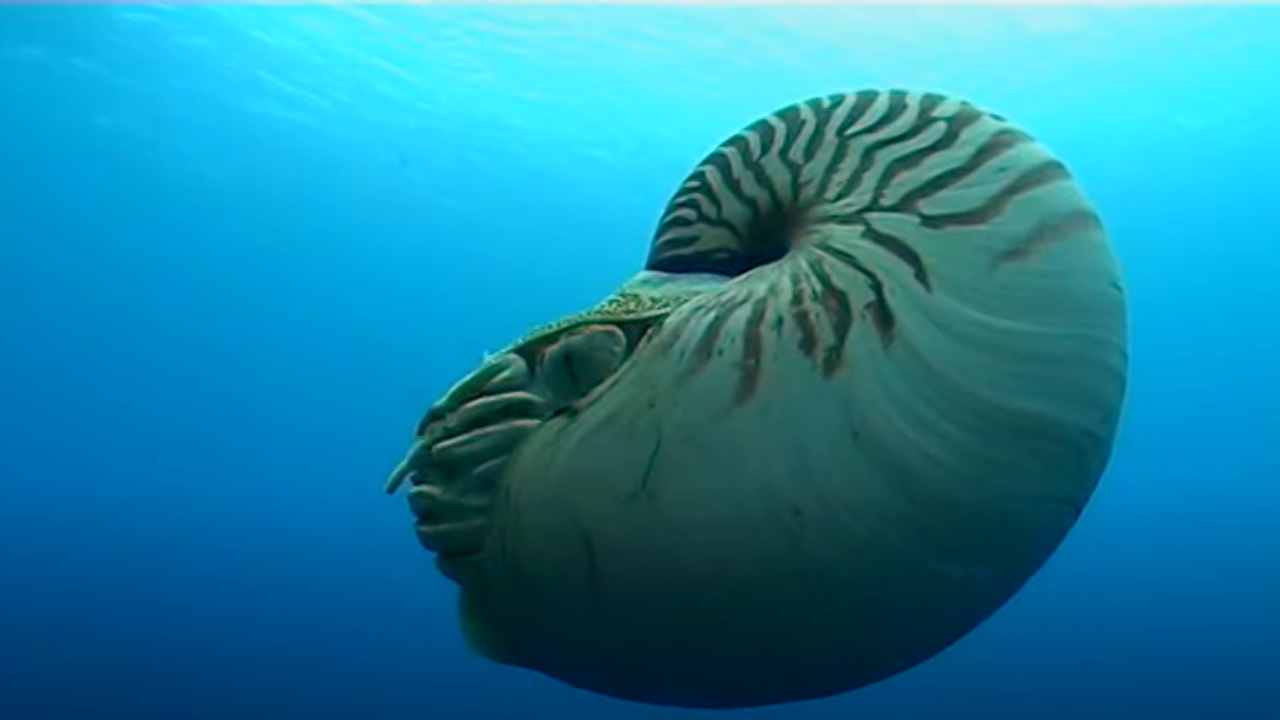The Nautilus has survived for almost 500 million years virtually unchanged. Fossil hunters commonly find cephalopods from the Cretaceous Period in the Sahara and Gobi Deserts. The Nautilus, along with the enigmatic coelacanth and the horseshoe crab, is one of the few surviving species that has not undergone any significant evolutionary change in the past few thousand years.
Nautiluses are the only cephalopods (animals related to octopuses, cuttlefish, and squid) that their shells may easily identify. The most noticeable feature of these creatures is undoubtedly their colorful exterior. The chambered Nautilus is the most widespread living nautilus species found in the western tropical Pacific from the Great Barrier Reef to the Andaman sea. Only six species remain from an original population of more than 10,000. This is the biggest species with the potential to grow to a whopping 10 inches (25 cm) in length.
The chambered Nautilus can thrive thanks to its unique shell. Its countershading combines a brighter underbelly with darker upper and lower surfaces to protect from predators like sharks, turtles, and triggerfish.
Each evening, the Nautilus makes its way up from depths of more than 1,500 feet (450 m) to reefs of roughly 300 feet (90 m) in order to feast on crabs, prawns, and smaller fish species. Nautiluses have more than 90 tentacles linked to their head, but instead of suckers, they use the grooves and ridges to secure a firm grip on their prey before tearing it apart with their beak.
Frank Lame got a unique opportunity to dive with a Nautilus as provided by the Ocean Hunter III in Palau, November 2009. Watch the video below.







